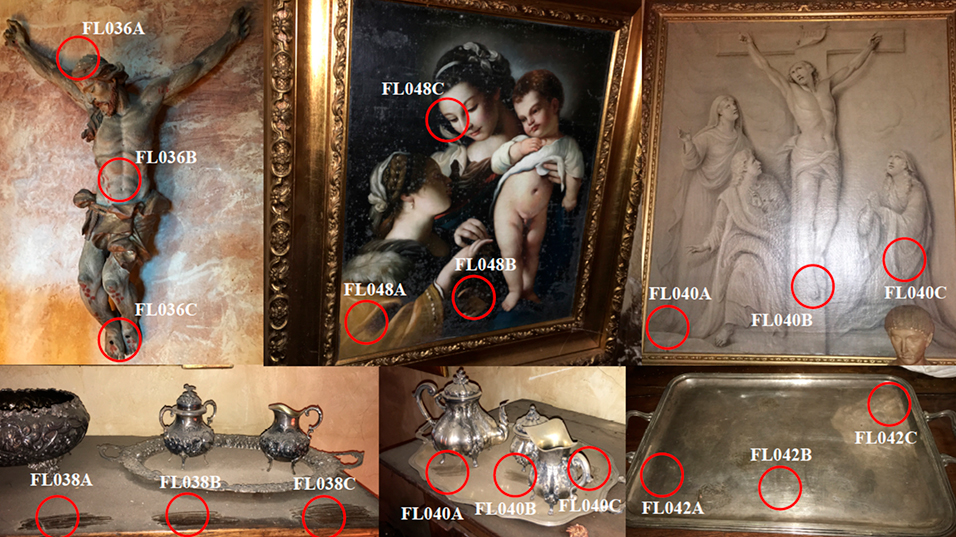PARIS (AFP).- Scientists said Thursday that microbes could be game changers in authenticating and preserving Old Master paintings and other art.
A new US study could have far-reaching consequences for the $60 billion a year art market, in which provenance can be notoriously hazy and difficult to pin down.
Researchers said microbes clinging to the surface of paintings and sculptures can be used not only to help identify counterfeits, but they could also be crucial in halting the decay of some of the world's great cultural treasures.
The team from the J. Craig Venter Institute (JCVI) also raise the prospect of artists' DNA being used to seal the provenance of even centuries-old works.
Microbiologist Manolito Torralba told AFP that the tiny organisms which live on art can point to the origin of a work and in some cases where it has been kept over its history.
The study, using samples taken from art held in a private collection in the Italian Renaissance capital of Florence, claims to be the "first large-scale genomics-based study to understand the microbial communities associated with ageing artwork."
Professor Torralba said the technology used by him and other researchers could also be used to pick up human DNA on the art as "another approach for detecting counterfeits", eventually enabling researchers to authenticate a painting or a manuscript.
DNA signatures
"Many Renaissance artists used their own biological material in their artwork," he told AFP.
"Leonardo and others were very known for using their own saliva and some used their own blood," said the researcher, a leading member of the Leonardo da Vinci DNA Project, which hopes to confirm that the remains entombed at the Chateau of Amboise in France, where the Italian master died in 1519, are indeed his.
But Torralba said studying microbes' hidden artistic life had potentially even more far-reaching implications.
"If you move a piece of artwork from one region to another it is colonised by bacteria from the new region.
"It doesn't show an absolute timeline of where it was... but you can see that it may have come from a particular area," he added.
Fast-tracking restoration
But investigating microbes that live on art could be even more revolutionary when it comes to preservation and restoration, Torralba argued.
Bacteria can "remain on a work for a very long time", feeding on oil paint or canvas.
He said that microbes can survive often aggressive cleaning and restoration attempts, some of which have ended up doing more harm than good.
"We know we can detect who is there," Torralba said referring to the microbial populations on a work.
"The next step is to detect what they are doing and what they are metabolising," he added.
"Then we can have a very specific approach to killing off the bacteria that may be degrading these pieces of art.
"That should be the approach for preservation and conservation, because you can only do so much to prevent mould, moisture and light damage."
Torralba said that "restoration labs spend an incredible amount of effort and money on restoring art."
But a "molecular approach can fast-track a lot of restoration efforts," he insisted.
© Agence France-Presse










